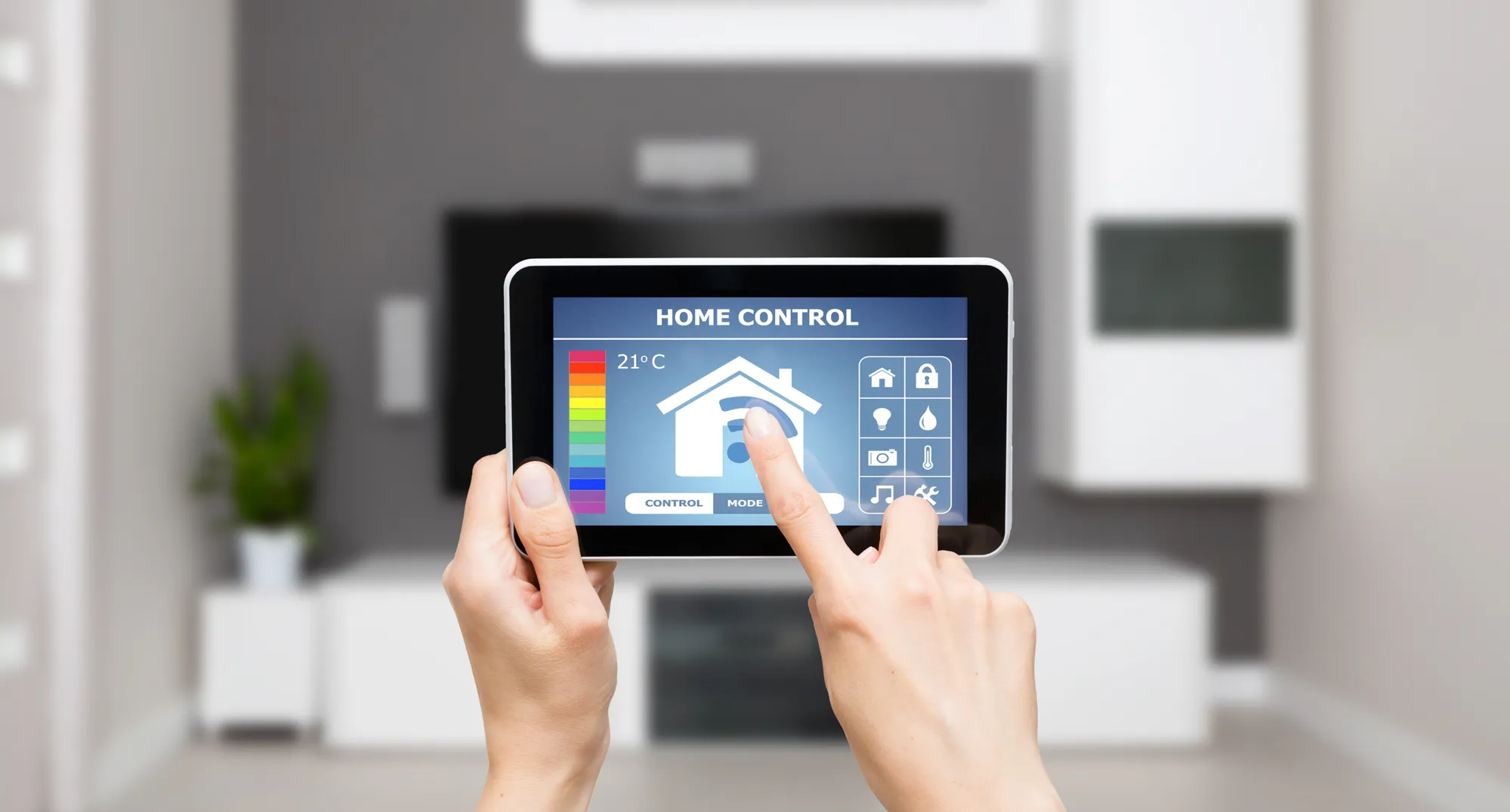
Home theatre systems have become an integral part of modern home entertainment. With advancements in technology, the ability to bring the cinema experience into the comfort of your own home has never been easier. But what if you could take it one step further? Introducing smart home technology – a way to integrate cutting-edge technology into your home theatre system to enhance the overall experience.
Types of Smart Home Technology
Smart home technology encompasses a wide range of devices and systems that can be controlled and automated through a central platform or device. Some of the most common types of smart home technology include:
- Smart lighting: Allows for remote control and automation of lighting in your home.
- Smart thermostats: Allows for control and automation of temperature in your home.
- Smart locks: Allows for remote control and automation of locks on doors and windows.
- Smart home security systems: Includes a combination of cameras, sensors, and alarms to provide enhanced security for your home.
- Smart home entertainment systems: Includes smart speakers, soundbars, and other devices that allow for easy control of your home entertainment system.
- Smart appliances: Includes refrigerators, washing machines, and other appliances that can be controlled and monitored remotely.
These are just a few examples of the types of smart home technology available. The options are constantly expanding, offering even more ways to automate and enhance your home.
Key Features of Smart Home Technology
Smart home technology offers a range of features that make it a valuable addition to your home theatre system. Some of the key features include:
- Remote control: Allows you to control your smart home technology from anywhere, using a smartphone or other device.
- Automation: Allows you to set up routines and schedules for your smart home technology, making it easy to control multiple devices with just a few taps.
- Voice control: Many smart home devices are compatible with voice assistants such as Amazon Alexa or Google Assistant, allowing for hands-free control.
- Integration: Many smart home devices can be integrated with each other, allowing for a seamless and integrated experience.
- Energy efficiency: Smart home technology often helps you to save energy by automatically controlling lights and appliances based on usage patterns.
- Enhanced security: Smart home security systems offer added protection for your home, with features such as remote monitoring and alerts.
These are just a few of the key features that make smart home technology a valuable addition to your home theatre system. With so many options available, it's easy to find a solution that meets your specific needs and enhances your overall experience.
Integrating Smart Home Technology into Your Home Theatre System
Integrating smart home technology into your home theatre system can seem daunting, but with a little planning and preparation, it can be a smooth and easy process.
With so many options available, it can be overwhelming to choose the right smart home technology for your home theatre system. To make the process easier, start by defining your specific needs and goals for your home theatre system. Consider factors such as the size of your space, the type of entertainment you enjoy, and your budget.
Do you want to have voice control over your system so you can easily search streaming services and adjust settings, or would you like automated lighting and temperature control that can be fully customized to the mood? Once you have a clear idea of what you want to achieve, you can begin researching the different options available and make an informed decision.
The process of integrating smart home technology into your home theatre system can vary depending on the specific devices you choose. However, here are some general steps to follow:
1. Set up a smart home hub: Many smart home devices require a hub to connect to your home network and communicate with each other.
2. Install the devices: Follow the instructions provided with each device to set it up and connect it to your smart home hub.
3. Test the devices: Once all the devices are set up, test each one to ensure it is working correctly.
4. Configure the devices: Configure the settings for each device to meet your specific needs and preferences.
5. Automate the devices: Set up routines and schedules for your smart home technology to automate certain tasks and enhance your overall experience.







